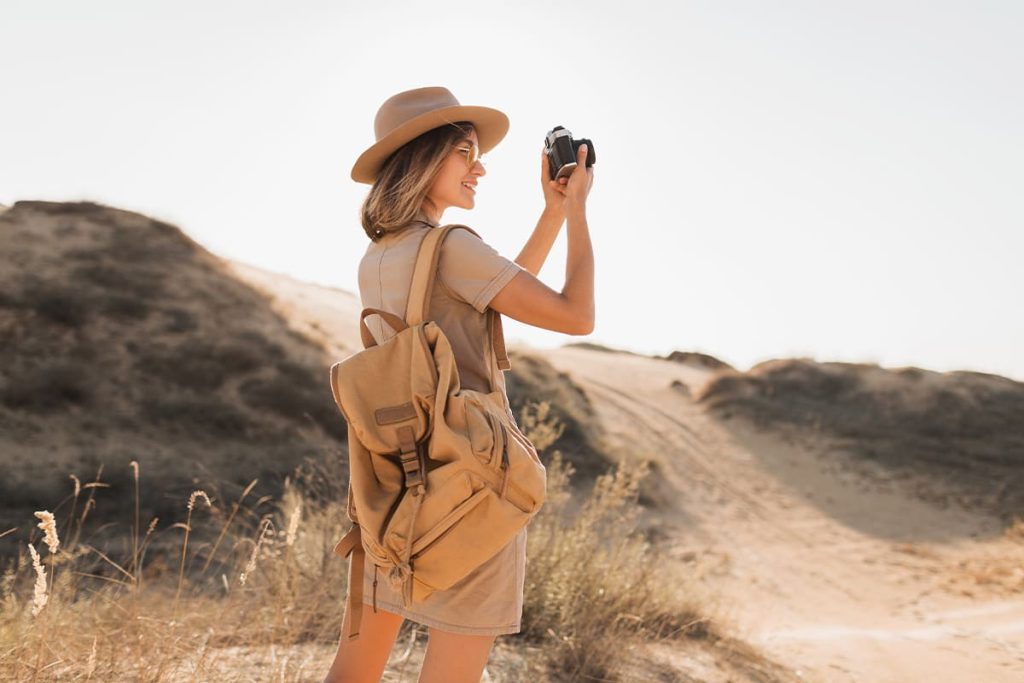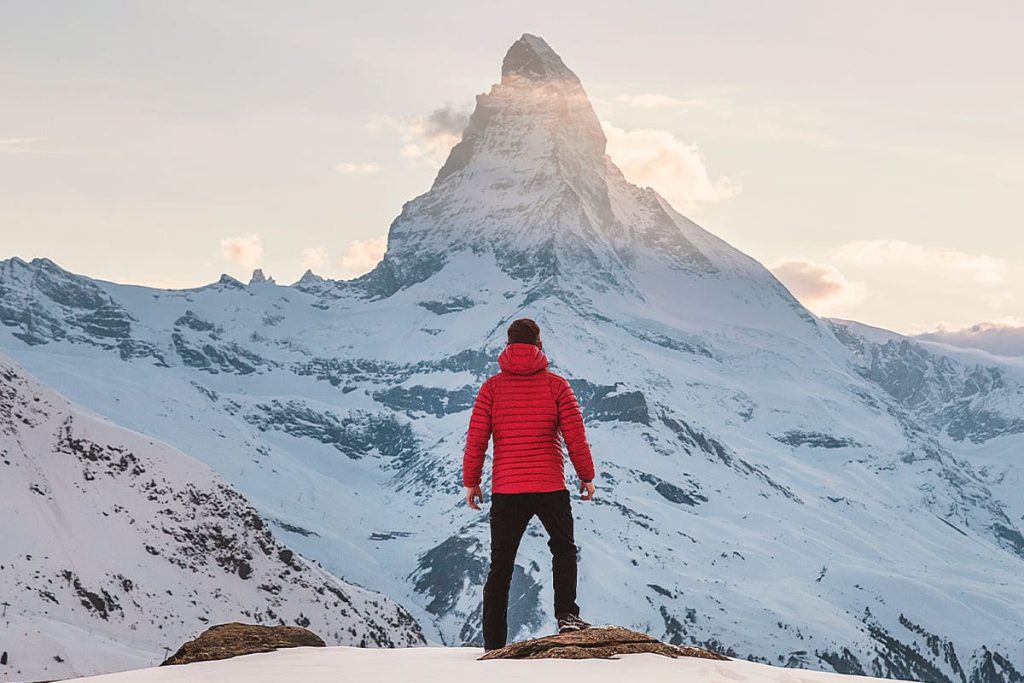Share this content:
Photography is an art form that allows us to capture special moments and preserve memories. It allows us to share our experiences with others in a unique way. It also allows us to explore our creativity, capturing unique perspectives and telling stories in a single image.
1. Mastering the Basics: Understanding Camera Settings
Learning how to properly adjust your camera’s aperture, shutter speed, and ISO is crucial for taking stunning photos.
- Photographing landscapes requires a blend of technical skills.
- And creativity. Start with the rule of thirds to frame.
- Your subject and make use of leading.
- Lines to guide the viewer’s eye through the image.
Aperture controls how much light enters the lens and affects depth of field, while shutter speed determines how long the sensor is exposed to light, freezing or blurring motion. ISO manages the camera’s sensitivity to light, helping in low-light conditions.
By mastering these settings, you’ll have complete creative control over exposure, sharpness, and lighting, allowing you to capture photos in any environment with precision.
2. The Power of Natural Light in Photography
Natural light is one of the most powerful tools a photographer has, offering a soft, flattering effect that enhances both portraits and landscapes.

Shooting during the golden hours—just after sunrise or before sunset—creates warm, glowing light that reduces harsh shadows. Additionally, learning how to diffuse light through windows, use reflective surfaces, or position subjects relative to the sun will help you create images with depth, dimension, and vibrant colors.
Natural light can be manipulated to evoke different moods, making it a versatile tool for any photographer.


3. Top 5 Photography Techniques for Capturing Stunning Landscapes
Photographing landscapes requires a blend of technical skills and creativity. Start with the rule of thirds to frame your subject and make use of leading lines to guide the viewer’s eye through the image.
A wide-angle lens is often essential for capturing the full scope of a scene, while a polarizing filter can help enhance colors and reduce reflections.
Natural light is one of the most powerful tools a photographer has, offering a soft, flattering effect that enhances both portraits and landscapes.
Lastly, experiment with long exposures to smooth out water or show movement in the clouds. By applying these techniques, your landscape photos will be visually compelling and rich in detail.








Post Comment
You must be logged in to post a comment.